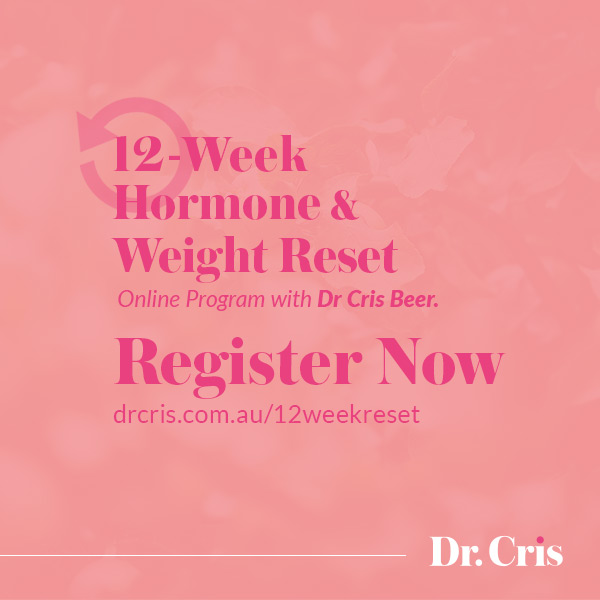Sporting and exercise injuries are so common but can largely be prevented. Too often I see newly motivated individuals start an exercise programme and shortly afterwards develop an injury. This can often be a disappointing setback and can even cause people to be too scared to exercise. But injuries associated with exercise and sports need not occur if we follow some of the simple tips below.
Top Five Tips to Avoid Injury
The following tips may seem intuitive but can be helpful in reducing injury rate from exercising in general. Keep in mind that this list is not all inclusive and if you do experience an injury or have noticed that you are injury prone in a particular area of your body then do seek professional advice from your local physiotherapist (physical therapist) before embarking on any strenuous exercise program.
TIP #1 START SLOW
Starting out exercising like a bull at a gate is all well and good until we get hurt. Consider that a more sensible approach is to build up your exercise tolerance and fitness slowly. If you are not used to exercising at all or have not exercised in quite a while consider starting with gentle exercises such as walking, swimming, or bike riding. Once we have mastered a certain level consider increasing the duration and/or intensity of that exercise.
Keep in mind that if you have not exercised for a long time or you undertake a new exercise you may experience some delayed-onset muscle soreness (DOMS), which is normal and usually resolves within a few days. If this is excessively painful or debilitating next time you exercise reduce the intensity and time that you exercise for and increase more slowly. Having an Epsom salts bath, drinking plenty of water, resting, and having a light massage can be helpful to recover quicker from exercise.
Note too that if you are experiencing chest pains, excessive shortness of breath, dizziness, blurred vision, or any other unusual sensations then stop exercising immediately and seek medical attention before exercising again. These are all warning signs that something more serious may be going on. Consider too that exercise should not be excessively painful. If something hurts then stop and seek professional advice to find out what might be causing you to have pain.
TIP #2 WEAR QUALITY SHOES
Quality footwear is important to prevent foot, ankle, knee, hip, and back injuries. Wearing worn out sneakers with very little support is potentially going to leave your body very sore. Consider purchasing some quality sneakers that offer the correct amount of support for your foot. The best approach would be to seek advice from those trained in footwear and foot positioning. Your local physiotherapist or podiatrist would be able to assist with this. Occasionally orthotics are needed to be inserted into your footwear to offer additional support. This is particularly the case if your foot rolls in or out or you suffer any pains in your feet/ankles when exercising. Once again your local physiotherapist or podiatrist will be able to assist with this.
TIP #3 KNOW YOUR BODY TYPE
My husband, who is a physiotherapist and author of the book You Can Run Pain Free: A Physio’s 5 Step Guide to Enjoying Injury-Free and Faster Running often refers to the comical yet descriptive terms ‘flippy’, ‘floppy’, or ‘stiffy’ to describe the three most common body types when it comes to ligament stability and flexibility, and therefore susceptibility to injury.
He states that floppy individuals are those who are hypermobile and can be prone to joint injuries due to the fact that their joints are not well protected by stable ligaments. You know you are a floppy if you are ‘double-jointed’ i.e. if you are able to bend your thumb downwards to touch your wrist. These individuals benefit from a balanced strength training program to develop the muscles around their joints to prevent injuries. The next individuals who can be prone to injuries are the stiffy group.
These individuals find flexibility exercises difficult and benefit from gentle stretching exercises to improve their overall flexibility and fluidity of body movements to prevent injury. The flippy individuals are in between these two other types and are neither hypermobile or very stiff. These individuals can still be prone to injuries but potentially less so than the floppy and stiffy group. However, they still benefit from a guided strength and flexibility program.
Knowing what body type you are can help to avoid injury. The better approach would be to seek a trained physiotherapist if you find yourself prone to injuries or better still before you begin an exercise program to make sure that you prevent injuries from occurring in the first place.
TIP #4 WARM UP & COOL DOWN
There is some evidence to suggest that warming up for 5–10 minutes before exercise may help to reduce injury rates. This may involve brisk walking: for example, before going for your jog. Much like a manual car that needs to go through each gear sequentially it makes sense to warm up the body by slowly increasing your intensity of exercise up to your maximal effort.
Similarly, cooling down after exercise for 5–10 minutes may help to prevent injuries from occurring. This also may help lactic acid to dissipate from muscles preventing muscle soreness. Keep in mind that muscle soreness is common 48 hours following exercise. This is called delayed muscle soreness (DOMS). This does not mean you have had an injury but that the muscles are repairing and adapting to the exercise. During this time gentle exercise, cold/heat packs, magnesium supplementation and light massage may help relieve the pains.
TIP #5 STRETCH
Stretching following exercise whilst your muscles are still warm may help to prevent injury and alleviate muscle soreness. Never stretch to the point of excessive pain. Just a gentle pull should be experienced. Avoid stretching that involves hyperextending the spine forwards or backwards and avoid bouncing whilst stretching. Simply holding a static stretch for 1–2 minutes each side is enough.
Hopefully these tips will help us to remain injury free and keep us exercising well into our older years without any debilitating aches and pains.
Holistic Medical Doctor
Author ‘Healthy Habits, 52 Ways to Better Health‘ and Healthy Liver
Creator 12-Week Hormone and Weight Reset Program



